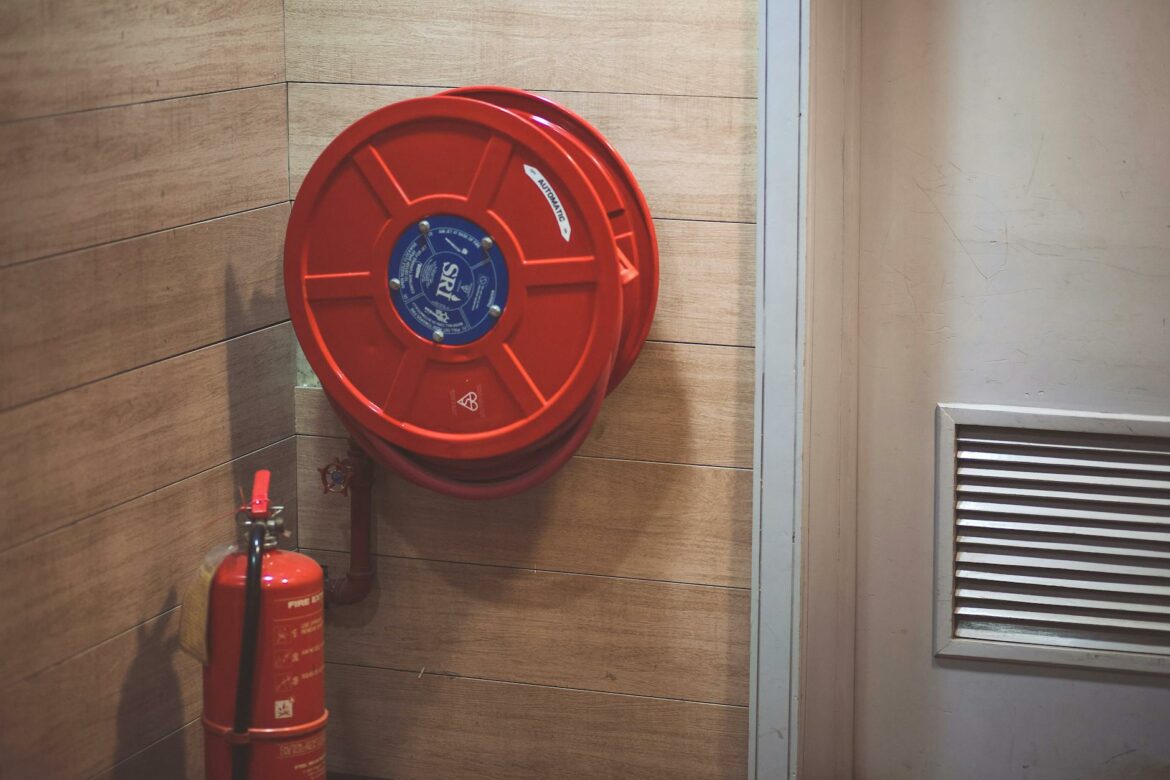Imagine a sun-drenched track, the scent of freshly cut grass wafting through the air as a group of sprinters lines up at the starting blocks. The sound of sneakers on the track echoes like pounding drums, each athlete fueled by adrenaline and determination. Their hearts race—not just from excitement but also from the knowledge that each explosive start requires precision, technique, and a bit of luck to avoid the all-too-common hamstring injury.
Hamstring injuries are the bane of sprinters, a sudden pull that can derail a season in the blink of an eye. With the right focus on technique, however, these injuries can often be prevented, allowing athletes to soar down the track with confidence rather than caution. At the heart of preventing these injuries lies the intricate dance of sprint technique—elements that go far beyond simply running fast.
First things first, let’s talk about posture. When you’re sprinting, your body should assume a tall and athletic position, resembling a well-tuned instrument ready to play its most powerful notes. Your head should remain neutral, with your gaze fixed a few meters ahead rather than looking down at the track—this keeps your spine aligned and helps maintain a smooth and efficient gait. Picture an Olympic sprinter, neck elongated, shoulders down and back, every muscle tuned to harmony. This upright posture not only maximizes oxygen intake but also ensures that your muscles, including those precious hamstrings, are engaged appropriately throughout the sprint.
As you prepare to accelerate, your footstrike becomes paramount. Many athletes land on their heels, but this can lead to a jarring impact that sends shockwaves up the leg and causes your hamstrings to work harder to stabilize the body. Instead, aim for a midfoot strike, where your foot lands underneath your center of mass. Think of it as lightly tapping the ground rather than slamming down. This soft landing absorbs the impact, spreading the force through your entire kinetic chain, reducing the strain on your hamstrings.
Next, let’s explore the concept of knee drive—an essential element in sprinting that many overlook. Visualize your thigh moving toward your torso rather than swinging forward. The goal is to engage your hip flexors and quads to pull your knee upward, rather than just relying on momentum or your hamstrings to pull your leg back down. A strong knee drive not only propels you forward but also ensures that your hamstrings don’t overextend or become overworked. When your knee rises effectively, your foot will naturally fall into place for that perfect midfoot strike.
Another key aspect of sprinting technique is your arm movement. Your arms don’t just hang limply at your sides; they’re crucial for driving your momentum. As your knees pump up, your arms should mirror that motion—think of it like a well-orchestrated machine. When your arms swing forward, your opposite leg naturally follows behind, creating a rhythm that propels you forward. Keep your elbows bent at around 90 degrees and let them move parallel to your body. This helps in maintaining balance, which is essential for preventing injuries. A common mistake is letting the arms cross in front of the body, which can disrupt your alignment and place undue stress on your legs, including your hamstrings.
Breathing might seem secondary in the heat of competition, but it plays a crucial role in sprinting efficiency. Athletes often take shallow breaths, especially at the start, out of sheer nervousness. However, deep, diaphragmatic breathing can fuel your performance. By taking deep breaths, you’re allowing more oxygen into your system, which can enhance your energy levels and endurance. This, in turn, means your muscles, including your hamstrings, won’t tire out as quickly. As you run, focus on rhythmic breathing that aligns with your strides—inhale as one knee drives up and exhale as the other leg propels backward. This natural rhythm can keep you in the zone and reduce unnecessary fatigue, lowering the risk of injury.
In addition to these technique cues, let’s not forget the importance of a proper warm-up routine. Dynamic stretching—think leg swings, high knees, and butt kicks—prepares your hamstrings and surrounding muscles for the explosive movements required in sprinting. A warm-up increases blood flow to your muscles, making them more pliable and less prone to tears or strains. Picture yourself moving fluidly as you warm up, feeling your muscles loosen and engage, ready to unleash power on the track.
Moreover, strengthening exercises can’t be ignored. Incorporating specific strength workouts into your regimen targets the hamstrings directly. Consider exercises like Romanian deadlifts, hamstring curls, and bridges. These workouts help not only to build strength but also to create a balance between the hamstrings and quadriceps, crucial for injury prevention. An imbalance can lead to overuse injuries, particularly in the hamstrings, so fostering strength in both muscle groups is vital.
Finally, recovery is a cornerstone in injury prevention. Overtraining can lead to fatigue, which often results in neglected form and increased risk of injury. Make sure to incorporate rest days, foam rolling, and perhaps even yoga to enhance flexibility and muscle recovery. The more you listen to your body and give it the care it needs, the more you arm yourself against the threat of pulling a hamstring.
In the world of sprinting, technique is everything, a delicate interplay of biomechanics that allows you to not only reach your full potential but also safeguard your body against injury. As you take your position on that starting line, remember—it’s not just about how fast you can run, but how smart you can run. Every sprint is an opportunity for growth, and with the right cues and techniques in your arsenal, you can sprint confidently into every race, leaving the fear of injury far behind.

